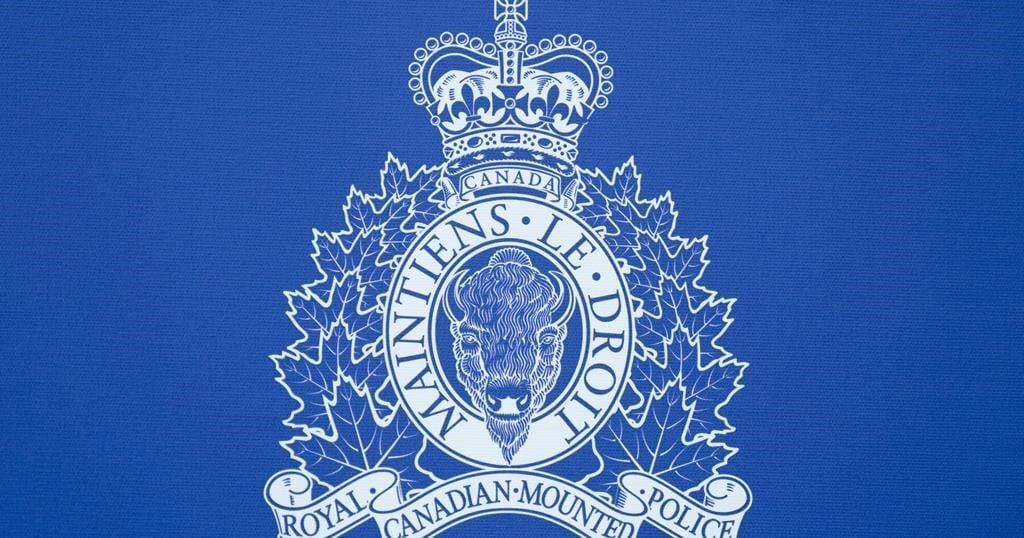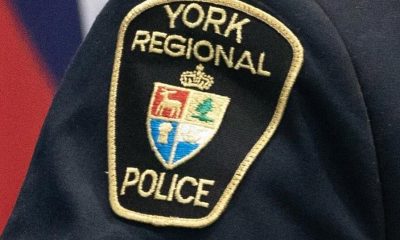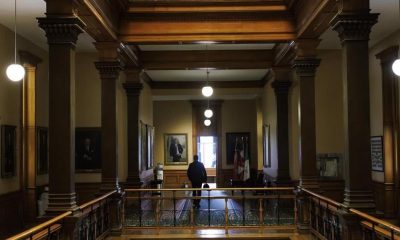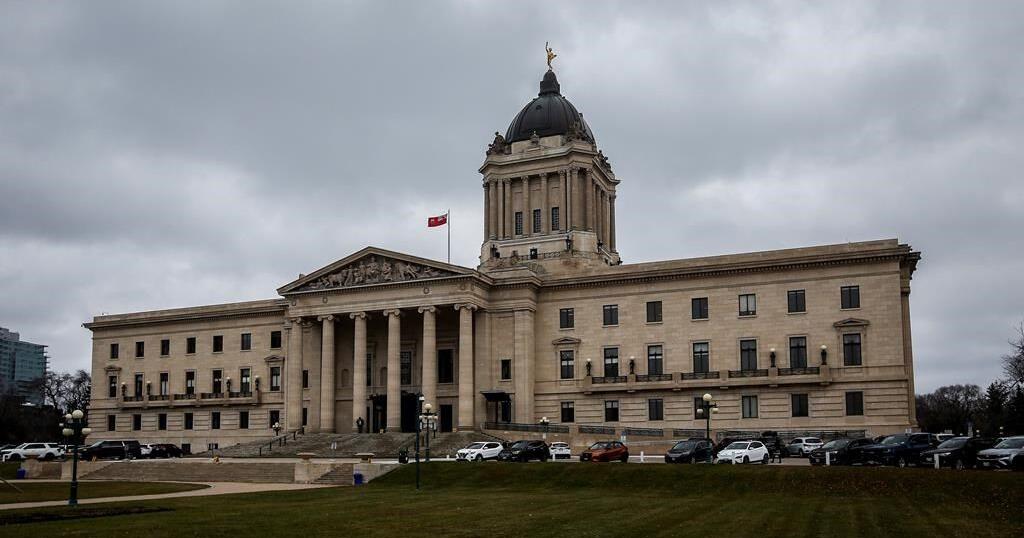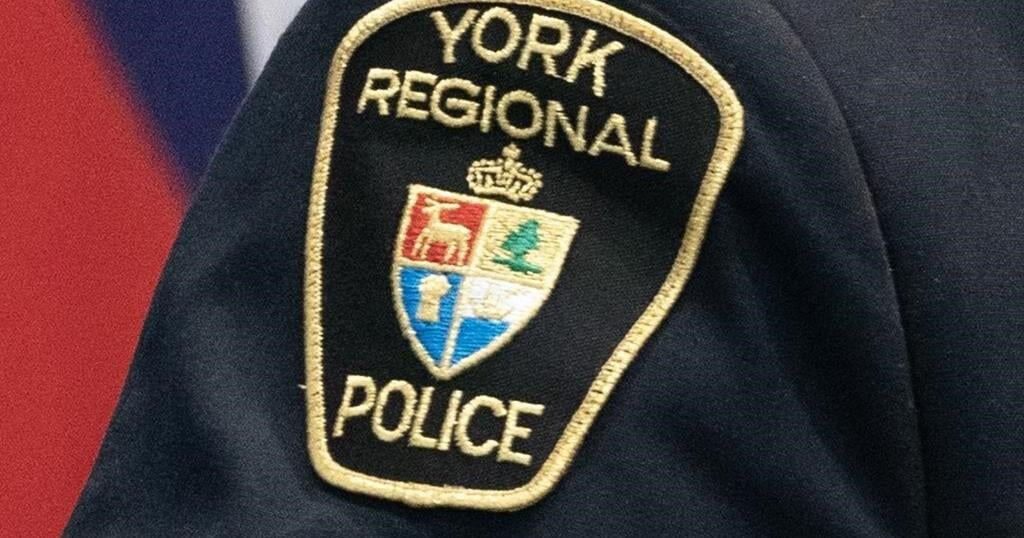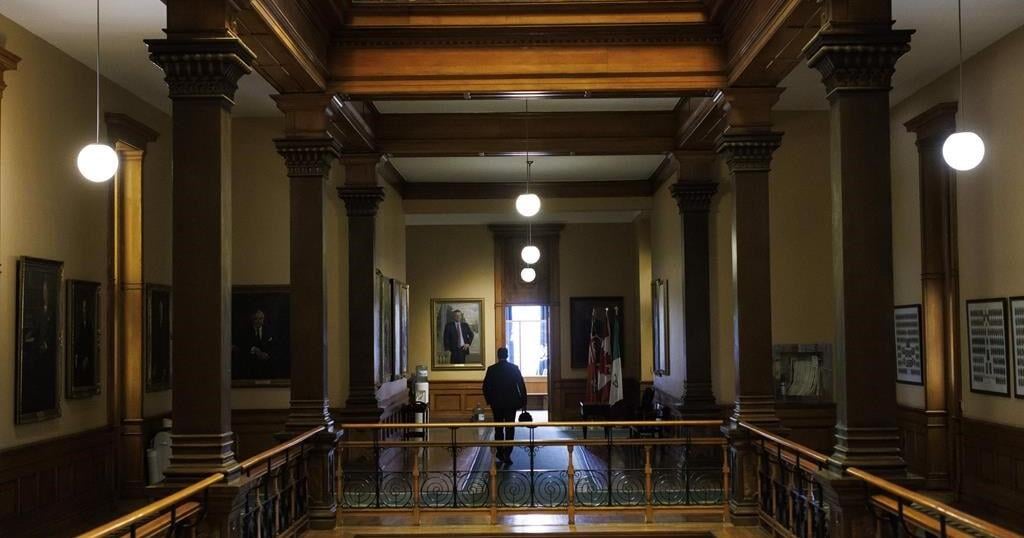MEADOW LAKE, Sask. – A 14-year-old girl in Saskatchewan has died in an all-terrain vehicle crash that RCMP say happened when an officer tried to stop the vehicle after noticing the riders weren’t wearing helmets.
Police say the officer saw two people riding the ATV in Meadow Lake early Saturday, but when the officer switched on the emergency lights to try to stop them, they sped off on Highway 55 towards Flying Dust First Nation.
RCMP say the officer didn’t pursue the pair, deactivated their emergency equipment and observed the ATV turning south off the highway where it then struck a ditch.
The officer immediately responded, police say, and one of the occupants was unresponsive and EMS was called.
The girl, who police say was from Flying Dust First Nation, was declared dead by EMS.
The second person who was on the ATV reported minor injuries and was treated by EMS at the scene.
RCMP say they are continuing to investigate with the assistance of the Saskatchewan Coroners Service.
This report by The Canadian Press was first published Sept. 22, 2024.

